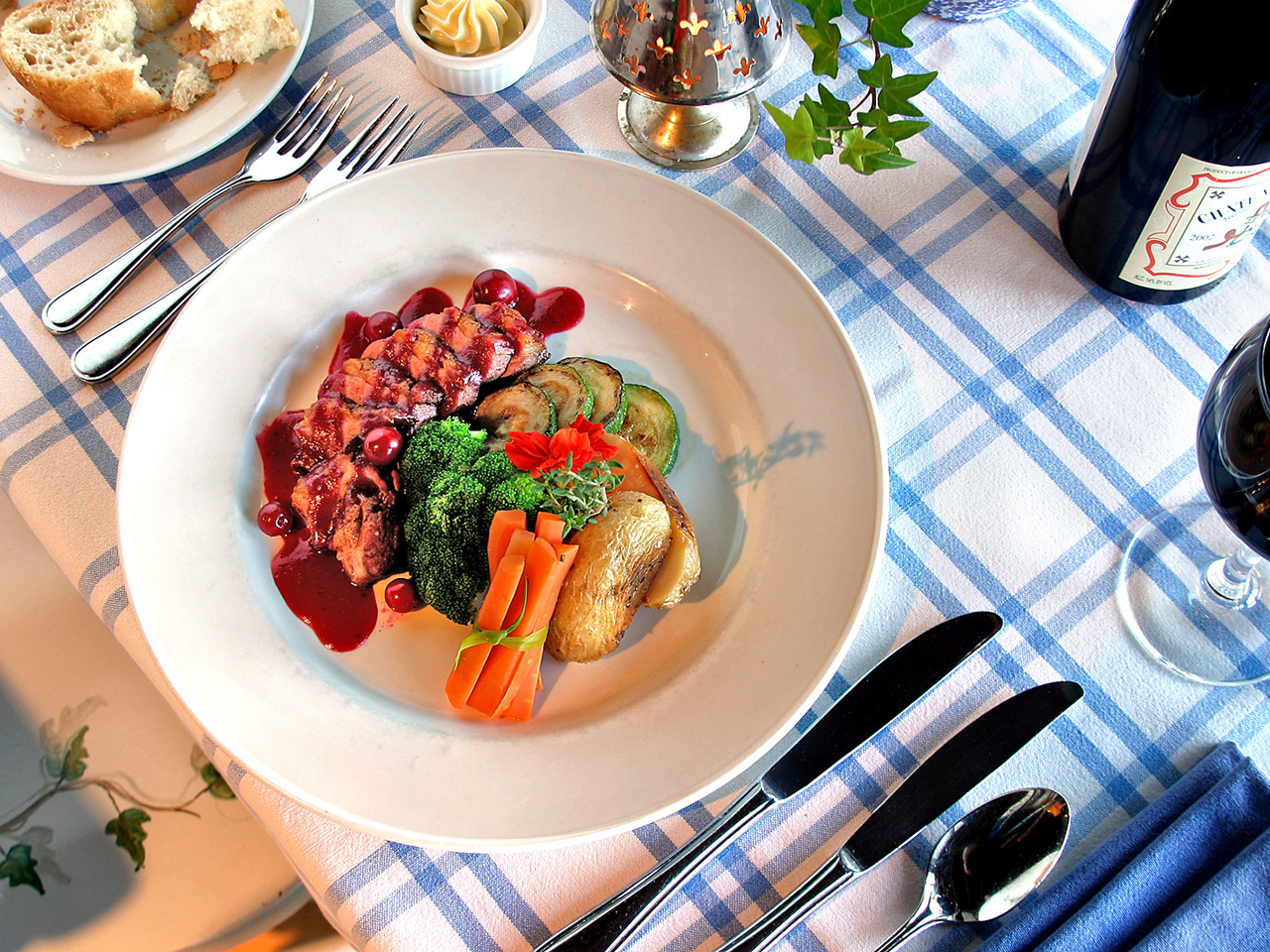Bull Moose in Rut, Northern Ontario - Late Autumn. Optimal time to call out a Bull but a very risky time to be around the aggressive Male. This prime half ton specimen started snorting at me even though I was downwind, fully camo'd and de-scented. Although they have poor eyesight his acute hearing likely heard the camera shutter and felt I might be a competing Male. I assure you I was estimating the time it would take me to sprint to the closest large Spruce tree. Charging at 30 MPH an adult Moose can easily outrun a human, especially in rough or boggy terrain. My partner had the advantage of the tree stand. Luckily he was able to distract him to give me time to silently withdraw.
When photographing any wildlife a photographer should foremost be cognizant of the animal's space and be as silent and unobtrusive as possible. We are in their habitat and respect must be shown for their privacy. All animals, especially large mammals, stress easily and it it the responsibility of the photographer to not contribute any undue discomfort. Camo and de-scenting not only allow photographer to approach widlife unobtrusively used properly they minimize distress in the animal.
Mature Bald Eagle Feeding, Bay of Fundy, New Brunswick
Common Loon Dining on Rock Crab in Bay of Fundy
Humpback Whale diving showing his barnacled tail. Acorn Barnacles, which attach themselves to whales can grow to the size of a clementine but are completely harmless to the whale
Great Blue Heron
A young bull Moose in full velvet. The velvet like coating is cartilaginous tissue which brings nutrient blood to the precalcified delicate antlers as they grow. The velvet is typically shed before or during the rut exposing the hardened rack.
Mature Bald Eagle along with its juvenile offspring on the Bay of Fundy. With their uncanny eyesight I have observed the adult swoop down and capture a herring or mackerel in its talons and drop it back into the bay for the juvenile to replicate and learn the diving capture, albeit made easier because of the injured fish. Each year the juveniles molts their feathers to a shorter variation until after four or five years the adult feathers come in with the full adult colouration
Great Blue Heron captures a dinner of mackerel. Typically a Heron will fish with his beak to the sun so as to not alert the fish with its shadow. Although a Great Blue Heron can swallow and digest large fish they do have a limit and swallowing too large a fish can disrupt its digestive system and bring death.
Harbour and Grey Seals basking, The extreme tidal bore of Bay of Fundy is clearly visible, Tidal bores are typically observable in rivers or bays where the changing tide pushes against the current. This tidal current can exceed 10 knots in the Bay of Fundy. Bay of Fundy
Snowy Owl, Northern Ontario
Castor Canadensis, Canadian Beaver up the creek
Osprey with its fish dinner. Ospreys have an articulated back talon that can swivel forward to grip slippery fish better. Typically an Osprey will carry its fish prey head first to lower wind resistance and use less energy.

Young Cow and her yearling calf







